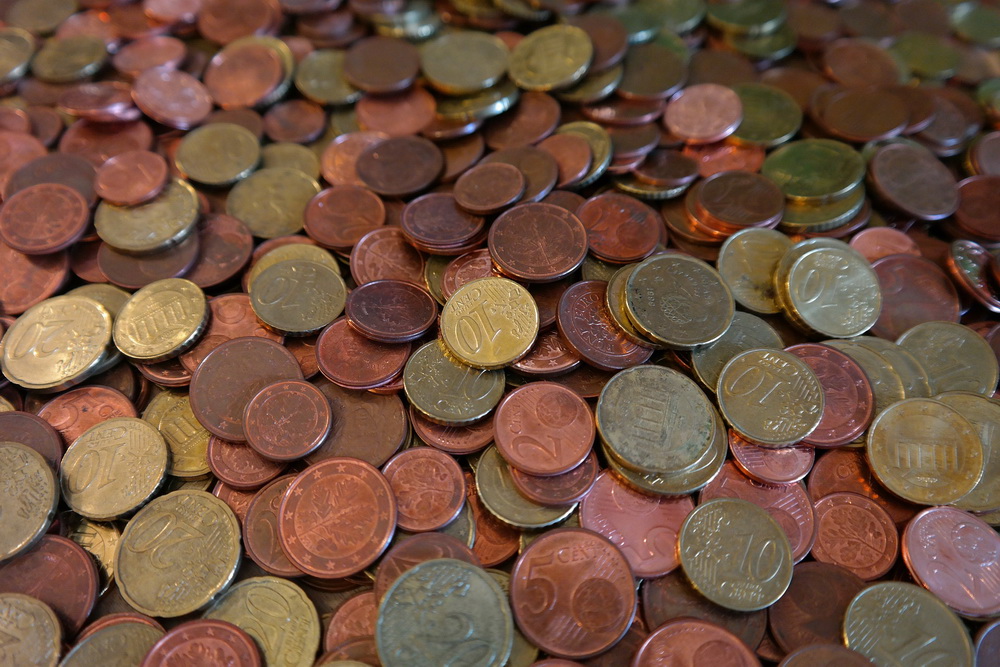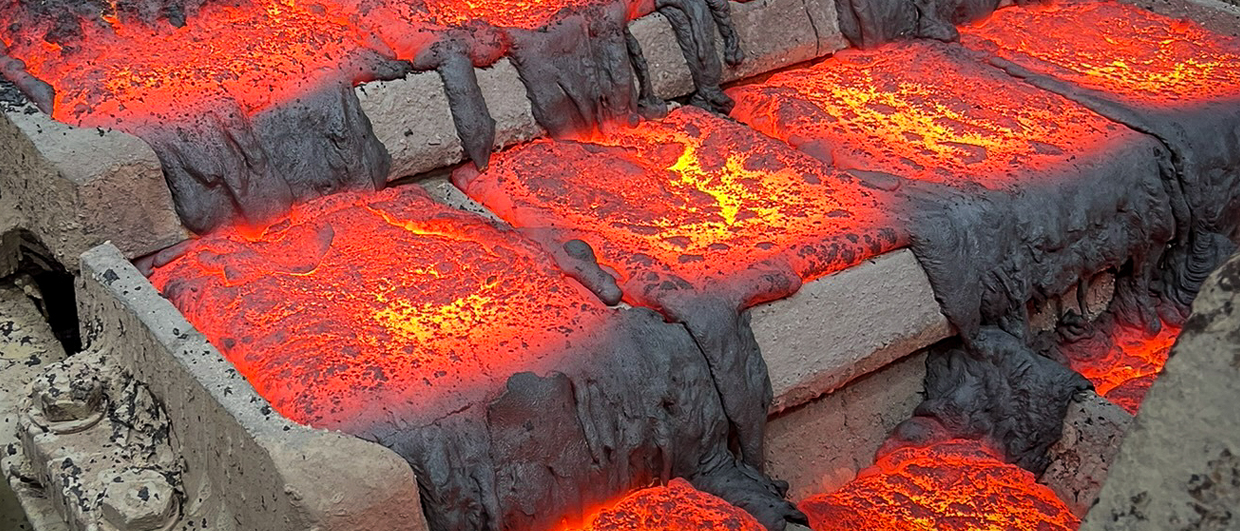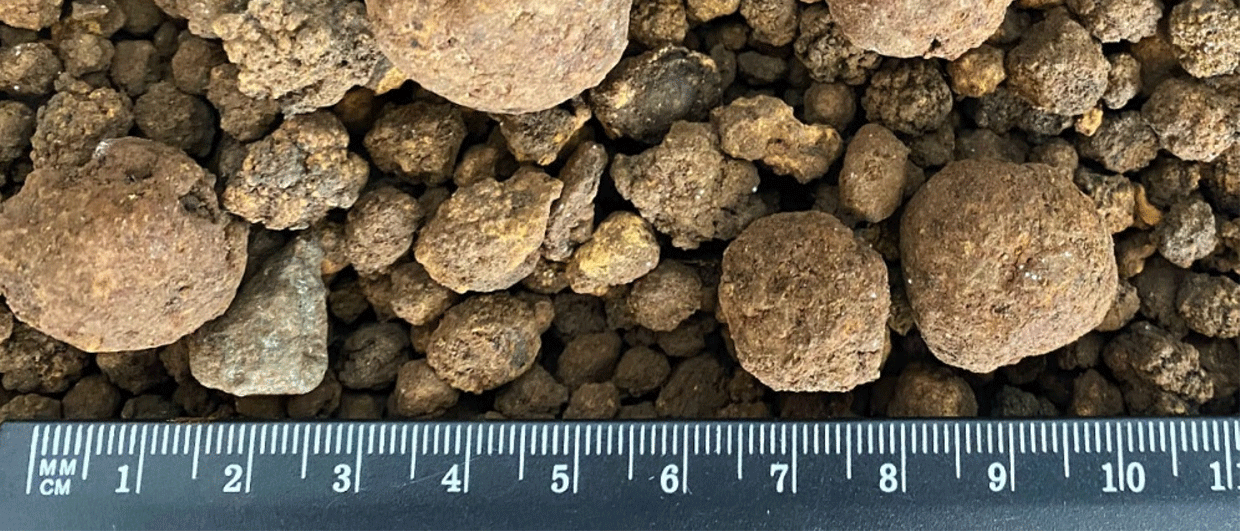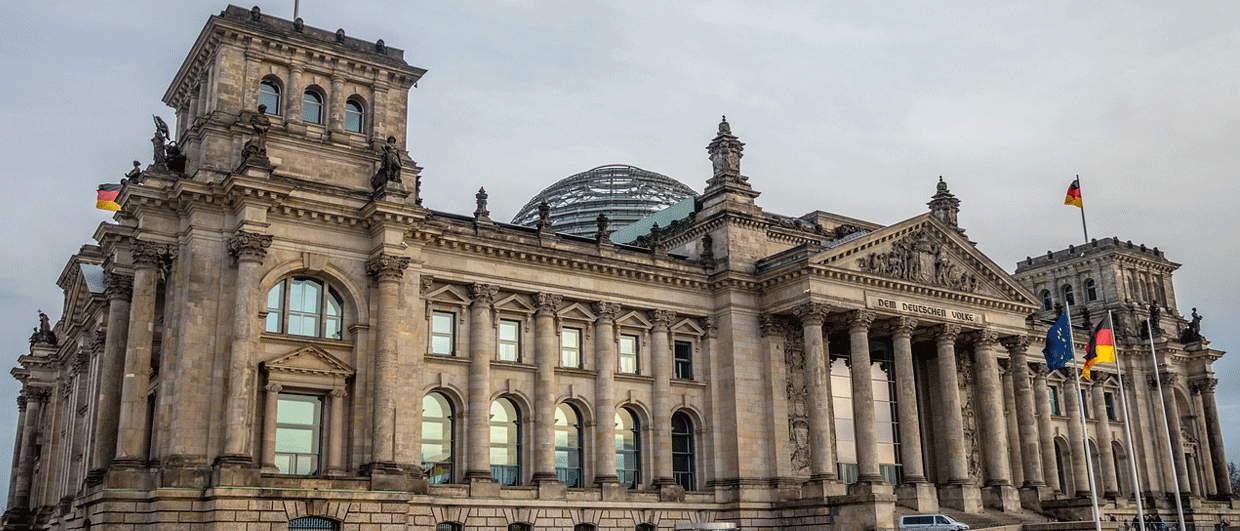As clearly pointed out by IEA in the May 2021 report (“The Role of Critical Minerals in Clean Energy Transition”), solar photovoltaic (PV) plants, wind farms and electric vehicles (EVs) generally require more minerals to build than their fossil fuel-based counterparts.
“High-grade and easily accessible mineral deposits on land are depleting fast, which means we’ll need to sink new mines in increasingly remote and environmentally sensitive locations to keep up with demand. That means cutting down millions of acres of forest, including rainforests.” (mineralsindepth.org)

For example, a typical electric car requires six times the mineral inputs of a conventional car and an onshore wind farm requires nine times more mineral resources than a gas-fired plant.
Moreover, and this does of course has implications for metal demand, the average amount of minerals needed for a new unit of power generation capacity has since 2010 increased by 50% as the share of renewables in new investment has risen.
Above all: Copper
The types of mineral resources used vary by technology. Lithium, nickel, cobalt, manganese and graphite are crucial to battery performance, longevity and energy density. Rare earth elements are essential for permanent magnets that are vital for wind turbines and EV motors. Electricity networks need a huge amount of copper and aluminium, with copper being a cornerstone for all electricity-related technologies.
This is the backdrop against which the Norwegian government embarked on a risk assessment study that is part of the opening process for mineral activities on the Norwegian continental shelf (geo365.no: “Sikter mot 2023”).
As exploring for deep sea mineral resources is now imminent, GeoPublishing has taken an initiative to host an international conference in October this year concerning – among other key topics – the need for critical minerals.
The programme comprises eight sessions and will give a comprehensive overview on the status of exploration for deep sea minerals world-wide, international research, formation and distribution, social and environmental challenges, mineral resources inventory and exploration technology. There will also be presentations from companies intending to take part in the very first licensing round.
See the programme here.
Towards 2023
The [Norwegian] government will facilitate «value creation and future, new jobs in the maritime industries, and through the preparation of an impact assessment, an opening process will be enabled». The impact assessment should be ready by the second quarter of 2023.
HALFDAN CARSTENS





